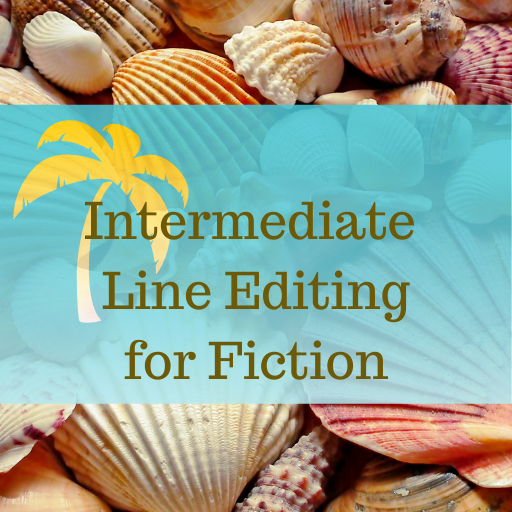How Developmental Problems Connect to Each Other
When you’re editing fiction, you’ll find that many developmental problems are interrelated:
- An insufficient conflict can be connected with unclear character motivation (or lack of motivation) to do something or achieve something (a goal). If the protagonist doesn’t have a goal, they can’t really come into conflict with another character who has a different goal. And if the protagonist doesn’t have a goal, they aren’t going to be thwarted in pursuit of it.
- Info-dumping and flashbacks almost always create pacing problems and interfere with forward momentum. They can be connected with starting the story in the wrong place or focusing on the wrong story elements.
- Head-hopping can connect with lack of character development and unclear motivation. The author doesn’t stay long enough with one character to go deep into that character’s perspective.
If you can identify the source of the problem (there is no conflict because the protagonist has no story goal), not just the problem itself (there is no conflict), you’re more likely to be able to help the author solve it and to suggest realistic methods for addressing the difficulty.
It also helps to understand how an author trying to avoid some problems can create others:
- A problem with world-building may be the result of the author trying too hard to avoid info-dumping, with the result being there’s no context for the story.
- Unnecessary scenes and digressions may be the result of the author trying too hard to show, not tell. Sometimes we just need the author to say, “It was raining” rather than have characters converse about the rain and experience the drops of wetness on their skin. This is where many “As you know, Bob” conversations arise.
- Lifeless description can be the result of the author trying to create setting (world-building) but not connecting it to character development.
- The author tries to adhere to genre conventions by imposing plot twists on the characters rather than having actions and reactions arise naturally from who the characters are and what they want.
These are among the most common, although you’ll surely encounter many more in your work. The key is to try to be as analytical as possible about what is causing the problem, not just focusing on identifying what the problem is. Even if the author rejects your suggested solution, the fact that you understand what is causing the problem helps the author immensely in understanding his or her own work and gives you more credibility (“My editor really knew what she was talking about!”)
Also bear in mind that you can, and should, relate your findings in connection to the audience so that your comments and suggestions do not come across as just you expressing your personal preference. For example, you could use, “Your audience is unlikely to stick with you for forty pages of backstory at the beginning. . . .” rather than “You have too much backstory at the beginning.”
Join the Club!
New to story editing? Begin at the beginning.





